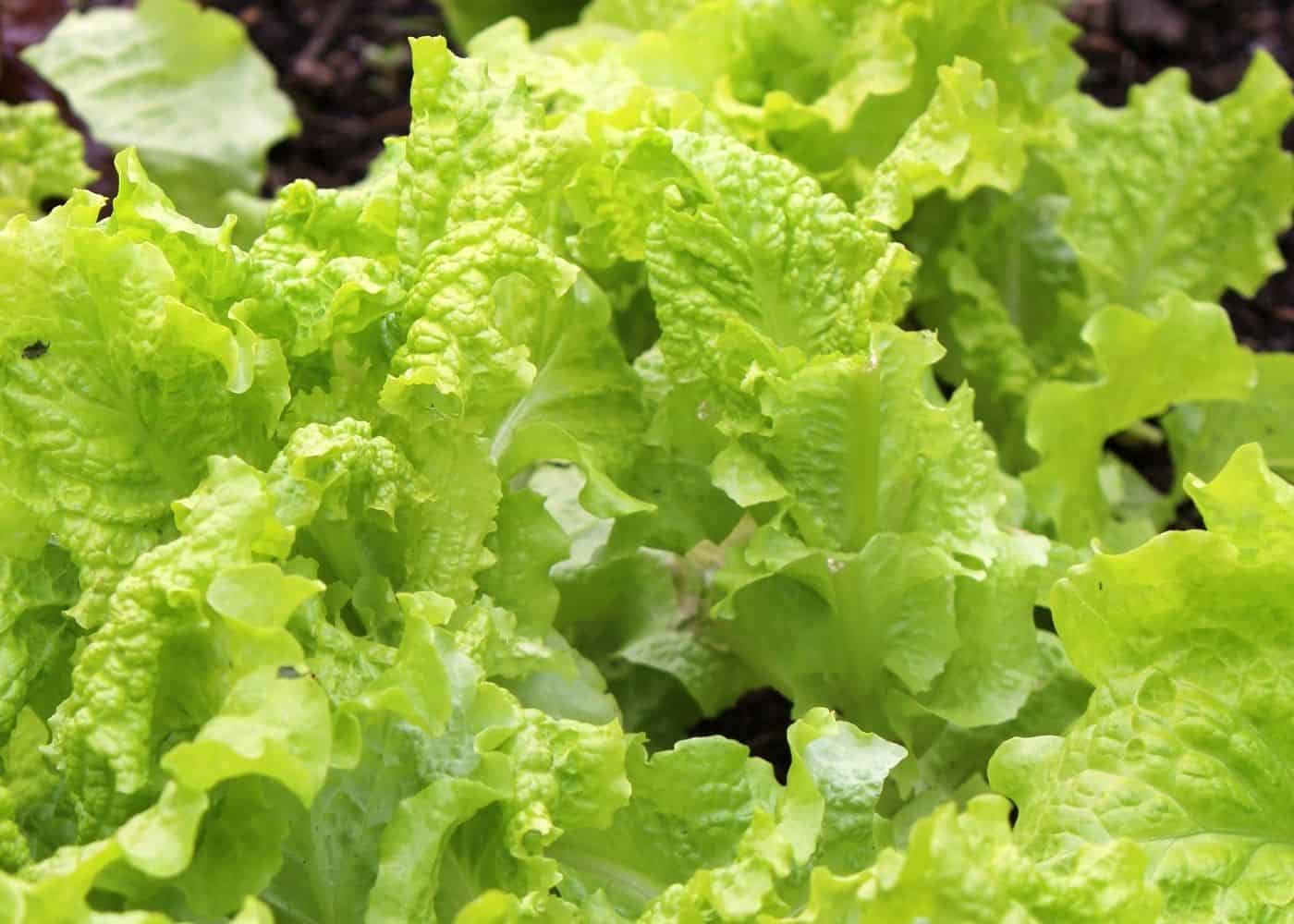So you’ve decided to venture into the world of gardening and are eager to start growing your own vegetables. One particular crop that you’re interested in planting is Black Seeded Simpson Lettuce. In this ultimate guide, you will learn all the necessary steps and techniques to successfully plant this popular lettuce variety in your own backyard. From selecting the right location and soil preparation to sowing the seeds and caring for the seedlings, this article will provide you with invaluable tips and insights to ensure a bountiful harvest of delicious and nutritious Black Seeded Simpson Lettuce. Get ready to dig in and embark on your gardening journey!
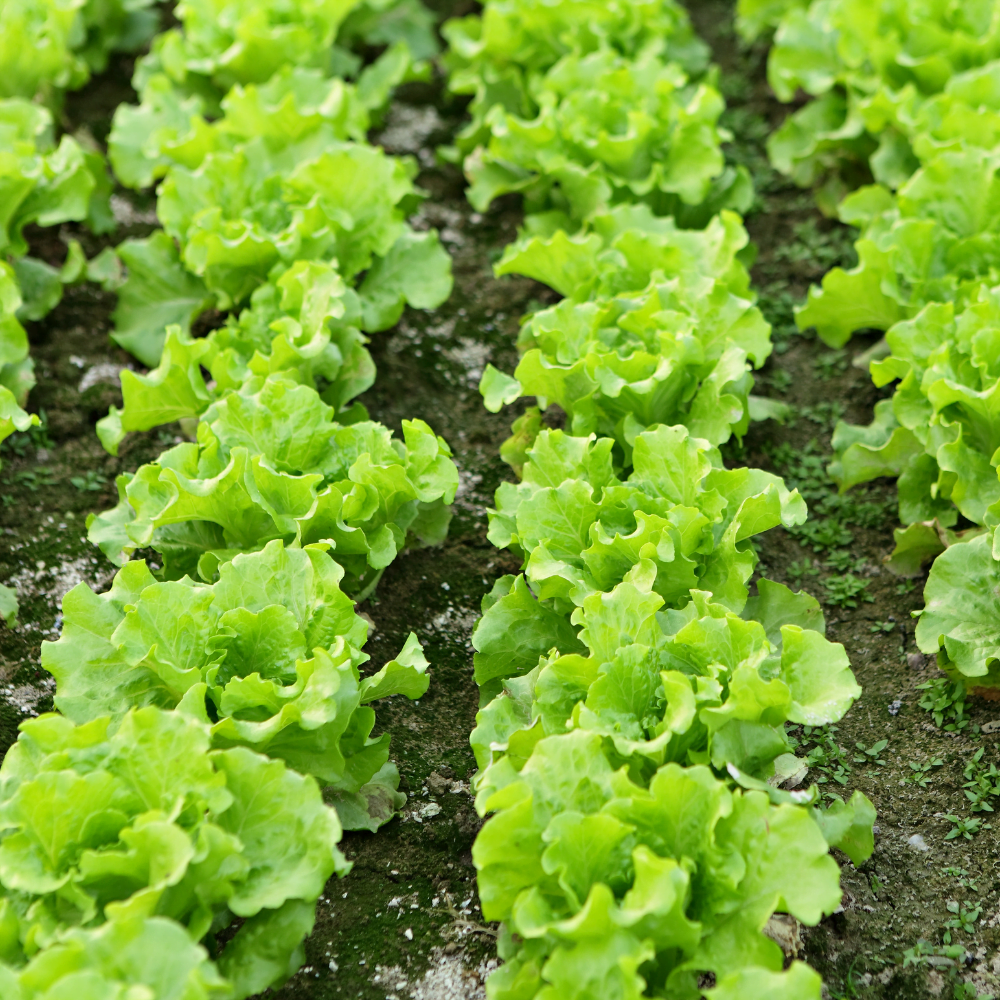
Choosing the Right Location
Sunlight Requirements
When selecting a location for planting Black Seeded Simpson Lettuce, it is essential to choose an area that receives full sun or partial shade. Lettuce thrives in direct sunlight, but in hotter regions, some shade during the afternoon can help prevent the leaves from wilting.
Soil Requirements
Black Seeded Simpson Lettuce prefers well-draining, fertile soil with a pH level between 6.0 and 7.0. Before planting, ensure the soil is rich in organic matter by adding compost or well-rotted manure. This will provide the necessary nutrients for healthy growth and nourish the tender leaves.
Spacing and Bed Preparation
To give Black Seeded Simpson Lettuce enough room to grow and develop, make sure to space the plants appropriately. Each plant should have approximately 6 to 12 inches of space between them. Prepare the garden bed by loosening the soil and removing any weeds or debris. This will promote good root growth and prevent competition for nutrients.
Obtaining Black Seeded Simpson Lettuce Seeds
Purchase
One way to obtain Black Seeded Simpson Lettuce seeds is by purchasing them from a local nursery or an online seed supplier. Ensure that the seeds are fresh and of good quality, as this can greatly impact the success of your lettuce plants.
Collecting from Mature Plants
Another option to obtain lettuce seeds is by collecting them from mature Black Seeded Simpson Lettuce plants. Allow a few lettuces to fully mature and bolt, which means they produce a tall flowering stalk. Once the flowers fade and the seeds develop, carefully collect the seeds and store them in a dry and cool place for future planting.
Saving Seeds for Future Planting
To ensure a continuous supply of Black Seeded Simpson Lettuce, it is beneficial to save some seeds for future planting. After collecting the seeds, place them in an envelope or airtight container and label them with the date and variety. Store them in a cool, dark, and dry place to maintain their viability.
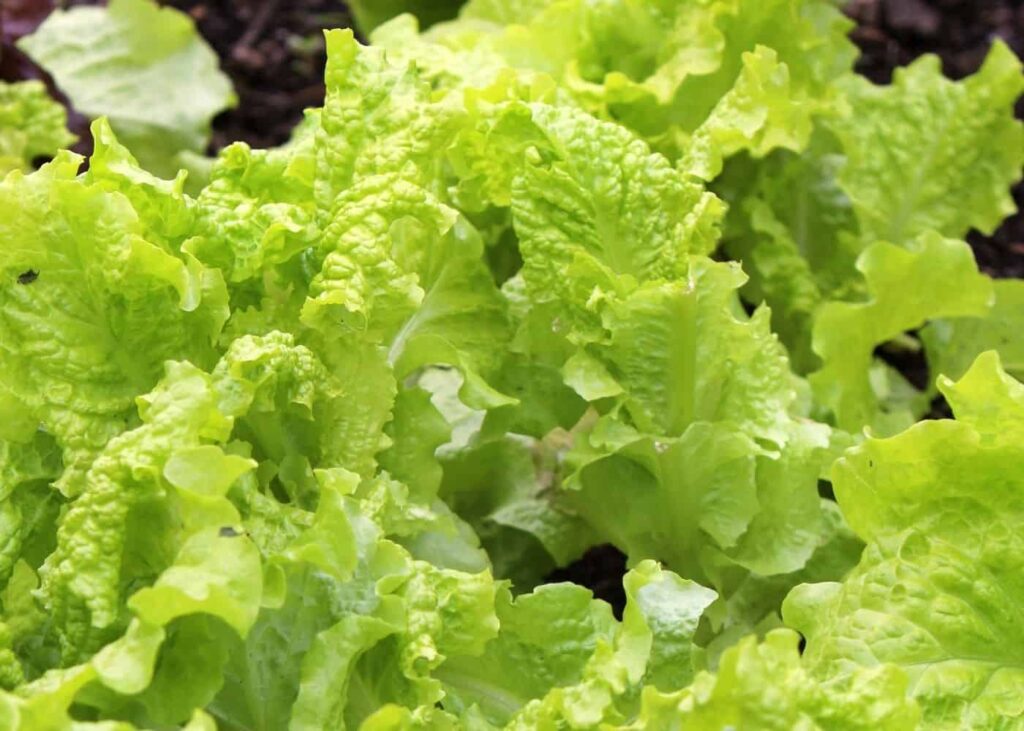
Preparing the Seeds for Planting
Seed Cleaning
Before planting Black Seeded Simpson Lettuce seeds, it is important to clean them to remove any debris or non-viable seeds. Use a fine mesh sieve or a strainer to gently separate the seeds from any chaff or other unwanted materials. This will ensure that only viable seeds are planted, increasing the chances of successful germination.
Seed Soaking
Some gardeners prefer to soak their lettuce seeds before planting to enhance germination. Fill a bowl with room temperature water and place the seeds in it. Let them soak for approximately 12 to 24 hours. After soaking, drain the water and proceed with planting the seeds.
Seed Stratification (Optional)
Seed stratification is a technique used to simulate winter conditions and improve germination rates, especially for stubborn seeds. Although not essential for Black Seeded Simpson Lettuce, stratification can be done by placing the seeds in a plastic bag with some moist peat moss or vermiculite. Seal the bag and refrigerate it for about two weeks. After stratification, remove the seeds from the refrigerator and allow them to come to room temperature before planting.
Starting Black Seeded Simpson Lettuce Indoors
Time to Start Indoors
Black Seeded Simpson Lettuce can be started indoors approximately 4 to 6 weeks before the last expected frost date in your area. This allows the seedlings to establish a strong root system before transplanting them outdoors.
Containers and Soil Mix
Choose seed trays or small containers with drainage holes when starting lettuce indoors. Fill these containers with a high-quality, well-draining soil mix. A mixture of compost, peat moss, and vermiculite or perlite works well. Avoid garden soil, as it may contain pathogens that could harm the seedlings.
Planting the Seeds
Plant Black Seeded Simpson Lettuce seeds about 1/4 inch deep in the prepared containers. Sow two to three seeds per cell or container to increase the chances of successful germination. Lightly press the soil over the seeds to ensure good seed-to-soil contact.
Caring for Indoor Seedlings
Place the seed trays or containers in a warm location with consistent room temperature (around 65-75°F) and good air circulation. Keep the soil evenly moist but not waterlogged. After germination, thin out the weaker seedlings, leaving the strongest one in each cell or container. Provide sufficient light by placing the seedlings near a sunny window or under grow lights for 12-14 hours per day.
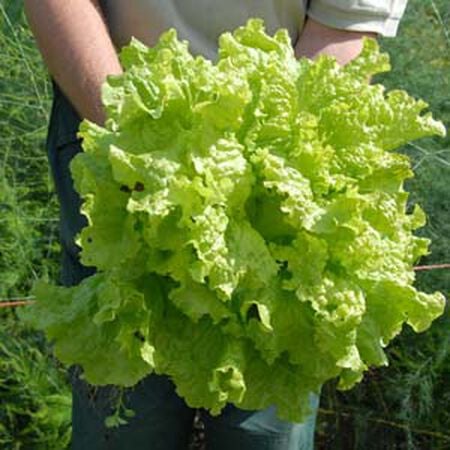
Direct Seeding of Black Seeded Simpson Lettuce
Choosing the Right Time
Direct seeding of Black Seeded Simpson Lettuce can be done once the soil has warmed up and the danger of frost has passed. The ideal soil temperature for lettuce germination is between 45°F and 80°F. Depending on your region, this is usually in early spring or early fall.
Preparing the Garden Bed
To ensure successful direct seeding, prepare the garden bed by removing any existing weeds and loosening the soil to a depth of at least 6 inches. Incorporate compost or organic matter to improve soil fertility and drainage. Smooth the soil surface with a rake, removing any large clumps or debris.
Planting the Seeds
Sow Black Seeded Simpson Lettuce seeds directly into the prepared garden bed, spacing them according to the recommended distance mentioned earlier. Plant the seeds approximately 1/4 inch deep in the soil and cover them lightly with loose soil or vermiculite. Gently water the bed to settle the soil and ensure good seed-to-soil contact.
Watering and Care
After planting, it is crucial to keep the soil consistently moist until the seeds germinate. Avoid overwatering, as it can lead to rotting of the seeds. Once the seedlings emerge, water them deeply but infrequently, allowing the top inch of soil to dry out between watering. Regularly remove any weeds to prevent them from competing with the lettuce plants for nutrients and water.
Transplanting Seedlings Outdoors
When to Transplant
Transplant Black Seeded Simpson Lettuce seedlings outdoors when they have developed at least two to three sets of true leaves and the danger of frost has passed. This is typically around 4 to 6 weeks after starting the seeds indoors.
Preparing the Garden Bed
Before transplanting, prepare the garden bed as described earlier, ensuring it is free from weeds and well-amended with compost or organic matter. Water the seedlings a few hours before transplanting to help minimize transplant shock.
Transplanting Seedlings
Using a small trowel or your fingers, carefully lift each seedling from its container, handling it by the leaves or root ball. Avoid pulling on the delicate stem. Dig a hole in the garden bed that is slightly larger than the root ball and place the seedling in the hole. Gently backfill the hole with soil, firming it around the base of the seedling. Water thoroughly after transplanting to help settle the soil.
Watering and Care
Water the transplanted seedlings immediately after planting and in the following days to keep the soil moist. Gradually reduce watering frequency as the seedlings establish themselves. Monitor for pests and diseases, and take appropriate measures if necessary.
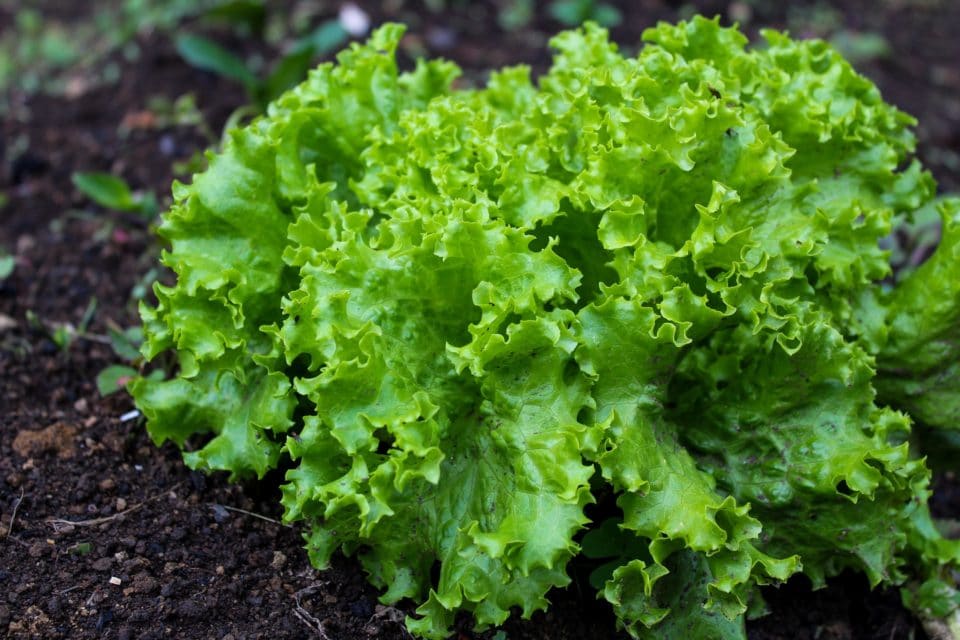
Caring for Black Seeded Simpson Lettuce
Watering
Black Seeded Simpson Lettuce requires consistent soil moisture to thrive. Water the plants deeply whenever the top inch of soil feels dry. Aim to provide about 1 inch of water per week, either through rainfall or supplemental irrigation. Avoid overwatering, as it can lead to root rot and plant diseases.
Mulching
Applying a layer of organic mulch around the base of the lettuce plants can help conserve soil moisture, suppress weed growth, and regulate soil temperature. Use straw, shredded leaves, or compost as a mulching material, ensuring it does not touch the plant stems directly.
Fertilizing
Lettuce is a relatively light feeder, but it benefits from a balanced and organic fertilizer application. Apply a slow-release fertilizer according to the manufacturer’s instructions when the seedlings are about 3-4 weeks old. Additionally, side dress the plants with compost or a nutrient-rich liquid fertilizer every few weeks to provide ongoing nourishment.
Weeding
Regularly remove weeds from the lettuce bed to prevent them from competing with the plants for nutrients and moisture. Use a hand tool or gently pull out the weeds, ensuring not to disturb the shallow roots of the lettuce plants.
Pest and Disease Control
Monitor your Black Seeded Simpson Lettuce plants for common pests such as aphids, slugs, snails, and caterpillars. In case of infestation, consider using organic pest control methods such as handpicking, applying organic insecticidal soap, or introducing beneficial insects. Proper spacing, good air circulation, and avoiding overhead watering can help deter diseases like powdery mildew and fungal infections.
Harvesting Black Seeded Simpson Lettuce
Determining Harvest Time
Black Seeded Simpson Lettuce can be harvested at various stages, depending on your preference. For baby lettuce leaves, harvest when the plants have developed a few sets of true leaves. If you prefer mature lettuce, wait until the outer leaves reach their full size but are still tender and before the center starts bolting.
Harvesting Leaves
To harvest individual leaves, gently grasp the leaf near its base and use a sharp pair of scissors or garden shears to cut it off. Harvest the outer leaves first, allowing the inner leaves to continue growing. This method facilitates continuous harvesting throughout the growing season.
Harvesting the Whole Plant
To harvest the entire plant, insert a knife or garden shears at the base of the plant, just above the soil level. Cut through the stem and remove the entire plant. Rinse the harvested lettuce thoroughly before storing or consuming.
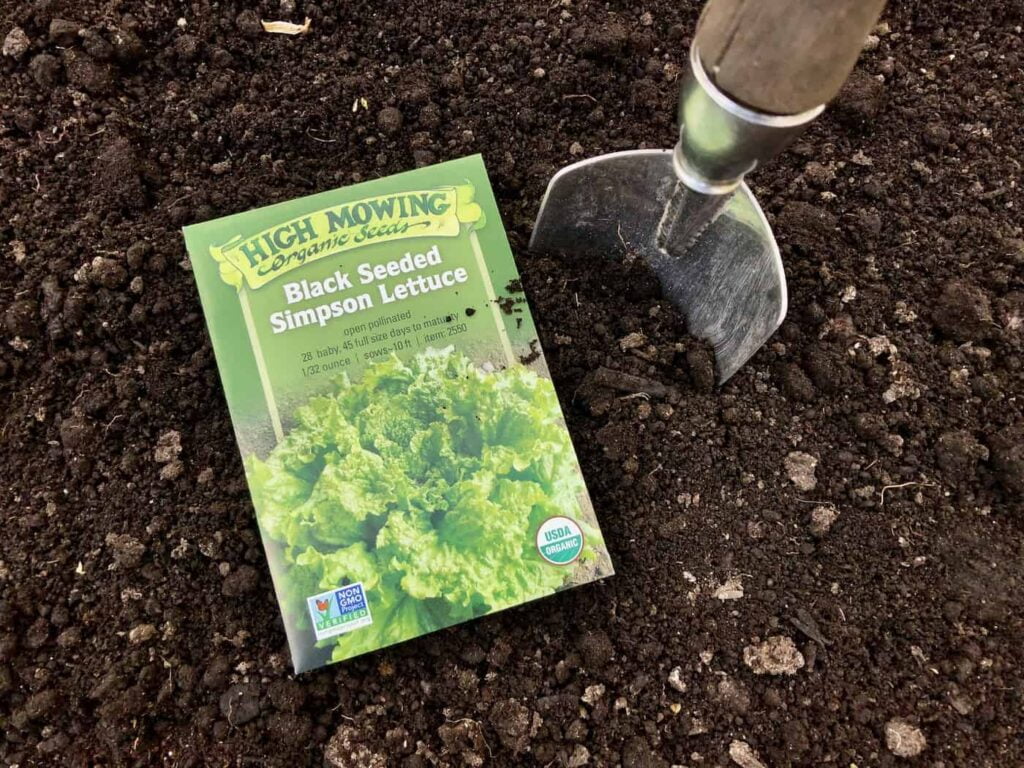
Storage and Preservation
Storing Fresh Lettuce Leaves
To keep Black Seeded Simpson Lettuce fresh, wrap the leaves gently in a damp paper towel or store them in a sealed plastic bag. Place the wrapped leaves in the refrigerator’s crisper drawer, which maintains a slightly higher humidity level. Use the lettuce within a few days for optimal freshness.
Preserving Lettuce Leaves
If you have an abundance of Black Seeded Simpson Lettuce and want to preserve it for later use, consider freezing or drying the leaves. Freezing involves blanching the leaves briefly in boiling water, shocking them in ice water, and then freezing in airtight containers or freezer bags. Drying can be done by dehydrating the leaves or using the oven on low heat. Store the dried lettuce in airtight containers away from light and moisture.
Seed Saving
To save Black Seeded Simpson Lettuce seeds for future planting, allow some plants to fully mature and bolt. Once the flowers have faded and the seed heads develop, carefully cut off the seed heads and place them in a paper bag. Allow the seed heads to dry completely, then gently shake or rub them to release the seeds. Store the seeds in a cool, dark, and dry place for future use.
Common Issues and Troubleshooting
Bolting
Bolting is when the lettuce plant prematurely produces a flowering stalk, resulting in bitter-tasting leaves. To prevent bolting, plant lettuce in cooler temperatures and provide shade during hot afternoons. Harvest promptly when the lettuce leaves reach maturity, as this reduces the likelihood of bolting.
Bitter Tasting Leaves
Bitter-tasting lettuce leaves can result from various factors, including heat stress, inadequate watering, and overmaturity. To avoid bitterness, ensure consistent watering, provide shade during hot periods, and harvest the lettuce leaves at the appropriate stage of maturity.
Yellowing Leaves
Yellowing leaves can be a sign of nutrient deficiencies, overwatering, or pests/diseases. Check the soil’s nutrient levels and adjust fertilizer application if necessary. Avoid overwatering by allowing the soil to dry out between watering. Monitor the plants for pests and diseases, promptly addressing any issues.
Slugs and Snails
Slugs and snails are common pests that can damage lettuce leaves. Employ preventative measures such as removing debris and creating barriers, such as copper tape or diatomaceous earth, around the lettuce bed. Handpick the pests in the evening or consider using organic slug and snail baits.
Aphids
Aphids are small, sap-sucking insects that can infest lettuce plants. Regularly inspect the plants for aphids and wash them off with a strong blast of water if detected. Use organic insecticidal soap or introduce beneficial insects like ladybugs to control aphid populations.
By following these comprehensive guidelines, you can successfully plant, grow, and care for Black Seeded Simpson Lettuce. Enjoy the bountiful harvest of this delicious and nutritious leafy green!
